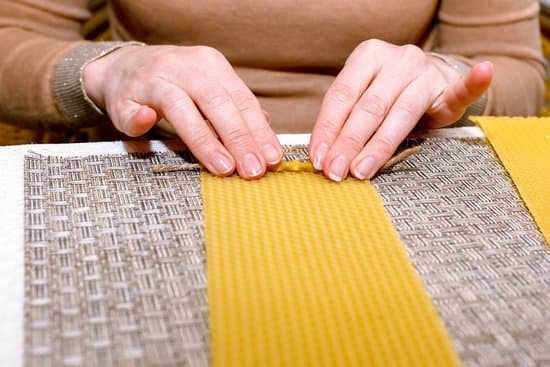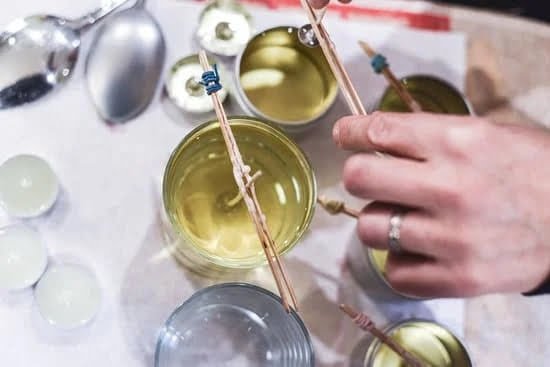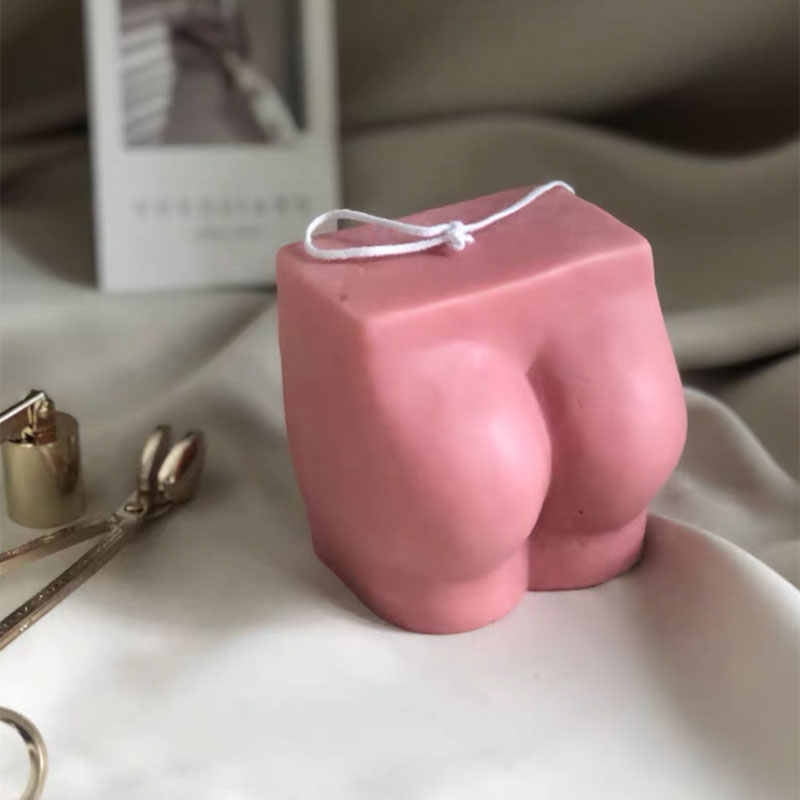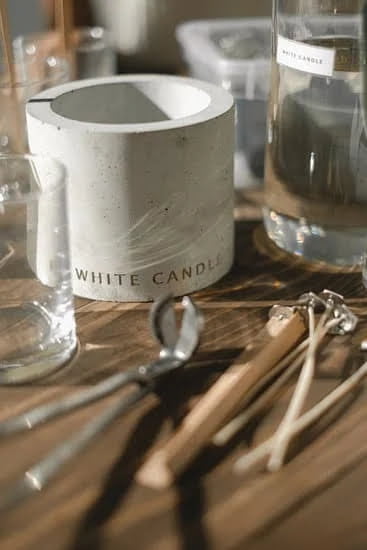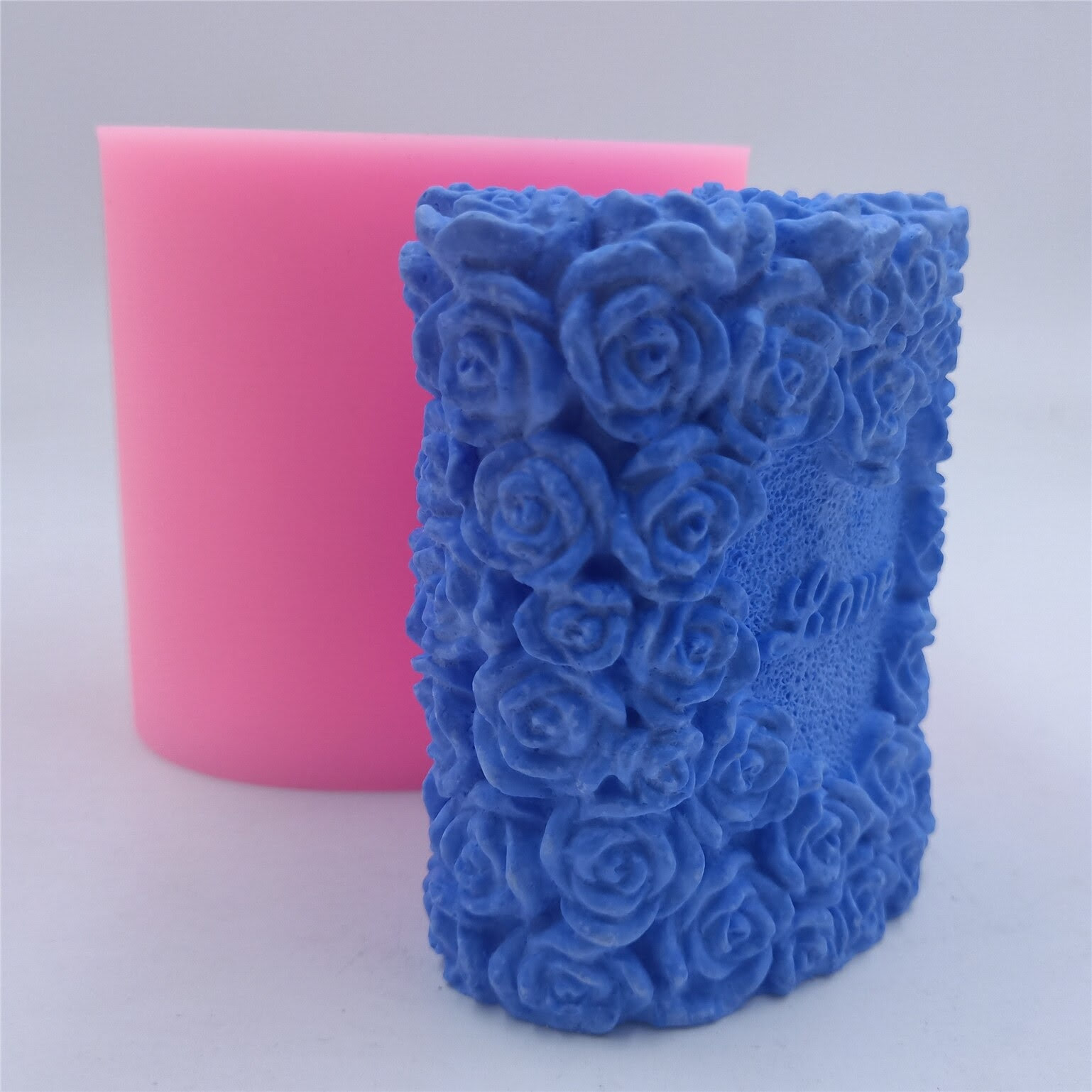Are you interested in exploring the art of homemade candle making but unsure where to start? Making your own candles has become increasingly popular, allowing crafters to create their own unique scents and designs.
Whether for personal use or as a creative and thoughtful gift idea, learning how to make homemade candles can be a satisfying and enjoyable hobby. In this guide, we will discuss the essential tools and materials needed, safety precautions to consider, and provide a step-by-step process for creating your very own homemade candles.
The appeal of homemade candles lies in the ability to customize each aspect of the candle, from the wax and fragrance to the color and container. With the right guidance and techniques, anyone can embark on this creative journey. By understanding the basics of candle making, you can develop your skills and experiment with different styles and techniques to produce beautiful, high-quality candles.
In this comprehensive guide, we will cover everything you need to know about making homemade candles. From selecting the right wax and choosing fragrances and colors to troubleshooting common issues that may arise during the candle making process. For those looking to delve into this rewarding hobby or perhaps even start a small business selling homemade candles, this article will serve as an indispensable resource for beginners and experienced crafters alike.
Essential Tools and Materials
When venturing into the art of homemade candle making, it’s crucial to have the essential tools and materials at your disposal. The right supplies will not only make the process easier but also ensure the safety and quality of your homemade candles. Below, we’ll outline some of the key elements necessary for making candles at home.
Wicks and Wax
The first essential component you’ll need when making homemade candles is wicks. Wicks come in various sizes and materials, such as cotton or wood, and choosing the right one will depend on the type of candle you want to create. Additionally, selecting the appropriate wax is fundamental to candle making. Different types of wax, like soy, beeswax, and paraffin, offer unique benefits in terms of burn time, scent throw, and color intensity.
Fragrance Oils and Containers
To add delightful scents to your homemade candles, fragrance oils are a must-have. There is a wide array of fragrance oils available, from floral tones to warm spices, allowing you to create custom scent combinations that appeal to your preferences. Moreover, suitable containers for your candles are vital in ensuring safety while they burn. Glass jars or tins specifically designed for candle making are ideal choices for containing the wax and providing a stylish look for your finished product.
Colorants and Additional Supplies
In addition to fragrance oils, colorants play an essential role in creating visually appealing homemade candles. Whether using dyes or natural pigments like mica powder, choosing the right colorant can elevate the aesthetic appeal of your candles. Other tools such as a double boiler for melting wax, a thermometer for monitoring temperature, and molds for shaping specialty candles are also important components to consider when embarking on your candle making journey.
By ensuring you have all these essential tools and materials on hand before beginning the candle making process, you’ll be equipped to create beautiful and fragrant homemade candles with ease and confidence.
Safety Precautions and Tips
When it comes to making homemade candles, safety should always be the number one priority. Working with hot wax and open flames can pose potential risks if not handled properly. To ensure a safe and enjoyable candle making experience, there are several important precautions and tips to keep in mind.
First and foremost, it is crucial to work in a well-ventilated area. This helps to disperse any fumes from the melting wax and reduces the risk of inhaling potentially harmful vapors. Additionally, always use a dedicated workspace that is clear of any clutter or flammable materials to minimize the risk of accidents.
Furthermore, it is essential to have the right safety equipment on hand, such as heat-resistant gloves and long-sleeved clothing to protect your skin from hot wax splatters. It is also recommended to have a fire extinguisher within reach in case of emergencies. And never leave melting wax unattended on the heat source, as this could easily lead to a fire hazard.
Lastly, it is important to educate yourself on proper candle making techniques and best practices before getting started. Taking a beginner’s candle making class or watching instructional videos can provide valuable insight into where to start for making homemade candles while ensuring that you have the knowledge needed to stay safe throughout the process.
By following these safety precautions and tips, you can enjoy a rewarding candle making experience without compromising your well-being or that of others around you.
Choosing the Right Wax
When it comes to making homemade candles, choosing the right wax is one of the most important decisions you will make. The type of wax you choose can greatly impact the scent throw, burn time, and overall quality of your candles. There are several options to consider, each with its own unique characteristics and advantages.
Soy Wax
One popular option for homemade candle making is soy wax. Derived from soybean oil, soy wax is a natural and renewable resource, making it an eco-friendly choice for candle makers. Soy wax also has a lower melting point than other waxes, which can result in a longer burn time for your candles.
Beeswax
Beeswax is another natural option that is prized for its sweet honey-like aroma. It has a long burn time and produces a bright flame, making it an excellent choice for homemade candles. Beeswax also has natural air purifying properties when burned, adding an extra benefit to using this type of wax.
Paraffin Wax
Paraffin wax is a traditional option that has been used in candle making for many years. It is known for its ability to hold fragrance well and produce vibrant colors. While some may prefer the scent throw of paraffin wax, it is important to note that it is derived from petroleum, which may be a concern for those seeking more natural alternatives.
Regardless of which type of wax you choose, it’s essential to consider factors such as fragrance retention, burn time, and environmental impact when making your decision. Experimenting with different waxes can also help you discover which one works best for your specific candle making goals. With the right wax chosen based on these considerations, you can create beautiful homemade candles that bring joy and light to any space.
Selecting Fragrances and Colors
When it comes to making homemade candles, one of the most exciting parts is choosing the perfect fragrances and colors. This is where you can truly let your creativity shine and create unique, personalized candles that reflect your own style and preferences. Here are some important tips and ideas for selecting fragrances and colors for your homemade candles:
- Consider the mood: Think about the atmosphere you want to create with your candles. Are you looking for a relaxing, spa-like scent for a bedroom candle, or a fresh, citrusy scent for a kitchen candle?
- Experiment with combinations: Don’t be afraid to mix different fragrance oils to create your own custom scents. Some popular combinations include lavender and vanilla, or rosemary and mint.
- Choose high-quality colorants: When selecting colors for your candles, it’s important to use high-quality dyes or pigments that will blend well with the wax and provide vibrant hues. Natural colorants like mica powders can also add a unique touch to your candles.
In addition to selecting fragrances and colors that appeal to you personally, it’s also important to consider your intended audience if you plan on giving or selling your homemade candles. Keep in mind that certain scents may be more popular during specific seasons or holidays, so it’s a good idea to offer a variety of options.
Ultimately, the selection of fragrances and colors for your homemade candles is an opportunity to showcase your individuality as a candle maker. Don’t be afraid to experiment and have fun with different combinations until you find the perfect scent and color palette for your unique creations. Whether you’re making candles as a hobby or starting a small business, this is where you can truly make your mark in the world of candle making.
Step-by-Step Candle Making Process
Making homemade candles can be a fun and rewarding hobby, allowing you to create unique scents and designs that reflect your personal style. If you’re wondering where to start for making homemade candles, follow these step-by-step instructions to help you begin your candle making journey:
Step 1: Gather Your Supplies
- Wicks
- Wax (soy, beeswax, paraffin)
- Fragrance oils
- Colorants
- Double boiler or melting pot
- Thermometer
- Pouring pitcher
- Containers
Step 2: Prepare Your Work Area
Before you start making your candles, it’s important to prepare your work area for safety and efficiency. Cover your workspace with newspaper or a large tablecloth to catch any spills or drips. Make sure the area is well ventilated and free from any clutter.
Step 3: Melt the Wax
Using a double boiler or melting pot, melt the wax on low heat until it reaches the recommended temperature based on the type of wax you are using. Stir occasionally to ensure even melting. Once the wax is fully melted, remove it from the heat and allow it to cool slightly before adding fragrance oils and colorants.
Following these steps is a great place where to start for making homemade candles. With a little patience and creativity, you’ll soon be on your way to creating beautiful homemade candles that will fill your space with delightful scents and warm ambiance.
Troubleshooting Common Issues
When it comes to making homemade candles, there are various factors that can affect the outcome of your creation. Troubleshooting common issues is an important part of the candle making process to ensure that your final product is of high quality. Whether you are experiencing air bubbles, uneven burning, or fragrance issues, it’s essential to address these problems effectively.
One common issue that candle makers may encounter is the presence of air bubbles in the finished candles. These air bubbles can detract from the appearance of the candle and may even affect its burning performance. To minimize air bubbles, it’s important to pour the wax at the correct temperature and to tap the container gently on a flat surface after pouring to release any trapped air.
Another common problem is uneven burning, which can be frustrating for both the maker and the consumer. To prevent this issue, ensure that you have chosen an appropriate wick size for your chosen wax and container. It’s also important to trim the wick before each use to maintain an even burn.
Furthermore, fragrance issues such as a weak scent throw or an overpowering aroma can also arise during candle making. To address these problems, consider using a higher concentration of fragrance oil or experimenting with different scents to find the perfect balance for your desired fragrance intensity.
Addressing these common issues through troubleshooting will help you create beautiful and high-quality homemade candles that you can enjoy or share with others.
| Common Issue | Troubleshooting Solution |
|---|---|
| Air Bubbles | Pour wax at correct temperature and lightly tap container to release trapped air |
| Uneven Burning | Choose appropriate wick size and trim wick before each use |
| Fragrance Issues | Experiment with different concentrations of fragrance oil for desired scent intensity |
Decorating and Packaging Your Homemade Candles
Once your homemade candles are complete, it’s time to think about how to best decorate and package them for personal use, gift-giving, or even selling. There are many creative ways to add a personal touch to your candles, making them even more special for yourself and others.
One simple way to decorate your homemade candles is by adding a decorative label. You can create these labels on your computer, or by hand if you’re feeling artistic. Include the scent of the candle, any relevant safety information, and perhaps a personal message. This adds a professional touch and ensures that the recipient knows exactly what they’re getting.
In addition to labeling, consider the presentation of your candles. If you’re giving them as gifts, place them in a decorative box or bag and add some tissue paper for an elegant touch. If selling your candles, think about branding – create a logo or unique packaging style that represents your craft. And don’t forget about safety – make sure to include any necessary warnings on your packaging.
And finally don’t forget the usefulness of decorating with ribbons or charms that go well with the theme of the candle like lavender buds or citrus peel would work nicely for corresponding fragrances.
| Decoration Ideas | Description |
|---|---|
| Decorative Label | Adds professionalism and personal touch |
| Presentation | Gift boxes or bags with tissue paper for gifts; branding for selling |
| Ribbons/Charms | Enhances appearance and theme of the candle fragrance |
Conclusion
In conclusion, venturing into the world of homemade candle making can be a truly rewarding and creative experience. With the right tools and materials, a focus on safety, and a touch of creativity, anyone can create their own unique candles right at home. The process allows for the exploration of different scents, colors, and designs, providing an opportunity for personal expression and experimentation.
From choosing the right wax to selecting fragrances and colors, there are numerous options available to cater to individual preferences. Moreover, by following the step-by-step guide to the candle making process and being aware of common issues that may arise, enthusiasts can ensure a smooth and successful journey in candle making. Additionally, decorating and packaging the finished products offers yet another chance for personalization and creativity.
Ultimately, embracing the art of homemade candle making is not only about enjoying the final product but also about relishing in the entire process. Whether it’s for personal use or gifting purposes, creating homemade candles brings a sense of accomplishment unlike anything else. So if you’ve been pondering where to start for making homemade candles, there’s no better time than now to dive in and discover this delightful craft for yourself.
Frequently Asked Questions
How Do You Start Off Making Candles?
Starting off making candles can be as simple as gathering the necessary materials such as wax, wicks, fragrance oils, a melting pot, and a thermometer. Then, you’ll need to choose a method for melting the wax, whether it’s double boiling or using a microwave.
What Do I Need to Start Making Candles at Home?
To start making candles at home, you’ll need wax, wicks, fragrance oils or essential oils for scent, a melting pot or double boiler, a thermometer, and containers to hold the finished candles. Optional supplies include dyes for colored candles and labels for packaging.
How Profitable Is Selling Homemade Candles?
Selling homemade candles can be profitable depending on various factors such as the quality of your product, marketing efforts, and target market. With unique scents and attractive packaging, homemade candles can be appealing to customers looking for handcrafted items. Additionally, selling online through platforms like Etsy can help reach a wider customer base and increase profitability.

Welcome to my candle making blog! In this blog, I will be sharing my tips and tricks for making candles. I will also be sharing some of my favorite recipes.

